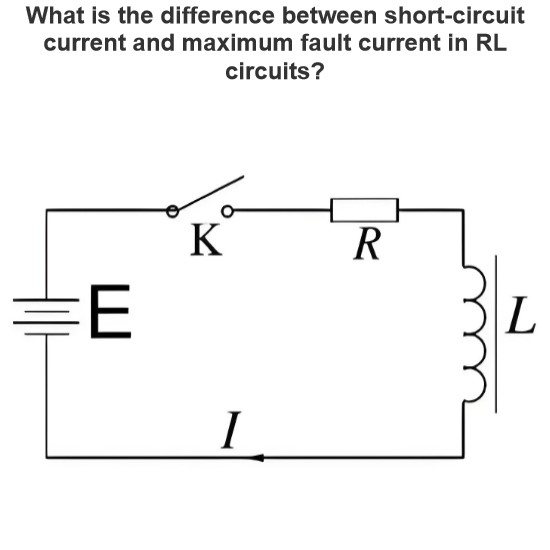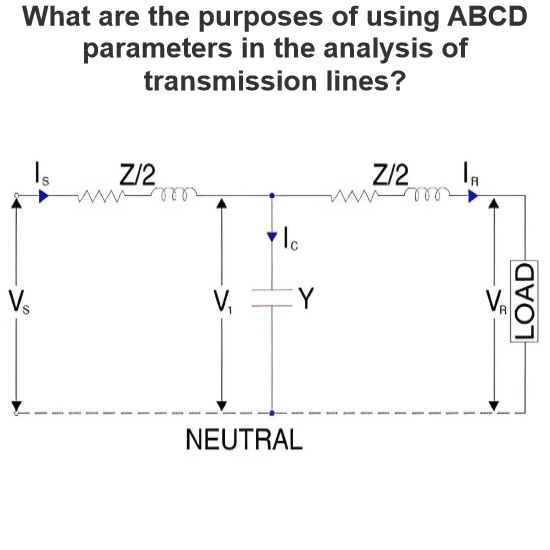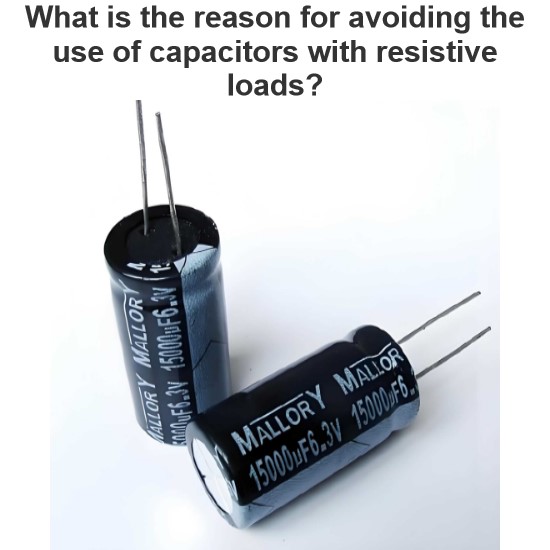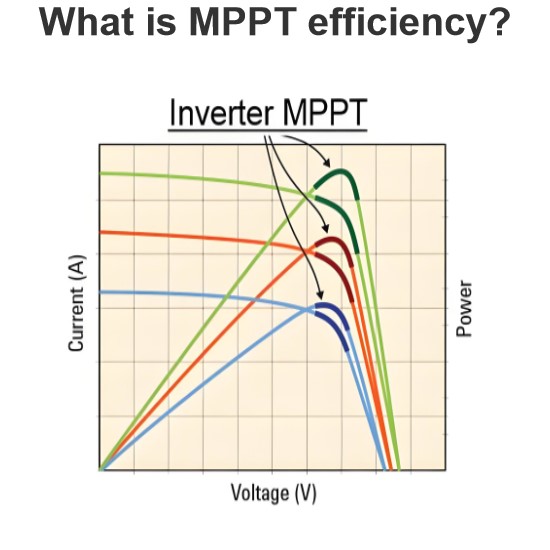What does electricity have to do with vibration?
Relationship Between Electricity and Vibration
Electricity and vibration have several relationships, which are widely applied in various scientific and engineering fields. Here are some of the main relationships and their applications:
1. Electromagnetic Vibration
Principles:
Electromagnetic Induction: When a conductor moves in a magnetic field, an electromotive force (EMF) is induced in the conductor, a phenomenon known as electromagnetic induction. Conversely, when a current flows through a conductor, it generates a magnetic field, which can exert a force on nearby conductors or magnetic materials, causing vibration.
Electromagnetic Force: When a current flows through a conductor, it creates a magnetic field around the conductor. If this magnetic field interacts with another magnetic field, it produces an electromagnetic force, which can be used to drive vibration or motion.
Applications:
Electric Motors: Electric motors use electromagnetic forces to rotate the rotor, producing mechanical vibration or motion.
Generators: Generators use mechanical vibration or motion (such as water flow or wind) to move a conductor in a magnetic field, generating an electric current.
Electromagnetic Valves: Electromagnetic valves use electromagnetic forces to control the opening and closing of valves, commonly used in automated control systems.
2. Electroacoustic Conversion
Principles:
Speakers: Speakers convert electrical signals into sound waves. Inside a speaker, there is a coil. When an electrical signal passes through the coil, it generates a changing magnetic field, which interacts with a permanent magnet, causing the speaker's diaphragm to vibrate and produce sound.
Microphones: Microphones convert sound waves into electrical signals. When sound waves cause the diaphragm inside a microphone to vibrate, the vibration induces changes in the magnetic field within the coil, generating an electrical signal.
Applications:
Audio Equipment: Speakers and microphones are widely used in sound systems, telephones, recording devices, etc.
Ultrasonic Devices: Ultrasonic transducers use the principle of electroacoustic conversion to convert electrical signals into ultrasonic waves, used in medical diagnostics, non-destructive testing, etc.
3. Electrostriction and Piezoelectric Effect
Principles:
Electrostriction: Certain materials change shape or size when subjected to an electric field, a phenomenon known as electrostriction. Electrostrictive materials can be used to produce small vibrations or displacements.
Piezoelectric Effect: Certain materials generate an electric charge when subjected to mechanical stress, known as the direct piezoelectric effect. Conversely, when these materials are subjected to an electric field, they undergo mechanical deformation, known as the converse piezoelectric effect.
Applications:
Piezoelectric Sensors: Piezoelectric sensors convert mechanical vibrations into electrical signals, used for measuring vibration, pressure, etc.
Piezoelectric Actuators: Piezoelectric actuators convert electrical signals into mechanical vibrations or displacements, used for precision positioning, vibration control, etc.
Ultrasonic Transducers: Ultrasonic transducers use the piezoelectric effect to convert electrical signals into ultrasonic waves, used in medical imaging, non-destructive testing, etc.
4. Electromagnetic Vibration Sensors
Principles:
Electromagnetic Vibration Sensors: These sensors use the principle of electromagnetic induction. When the coil in the sensor vibrates in a magnetic field, it generates a changing EMF, which can be used to measure the amplitude and frequency of the vibration.
Applications:
Vibration Monitoring: Electromagnetic vibration sensors are widely used in the vibration monitoring of machinery, for fault diagnosis and preventive maintenance.
Seismic Monitoring: Vibration sensors used in seismic monitoring systems can detect small ground vibrations, used for earthquake early warning and research.
5. Active Vibration Control
Principles:
Active Vibration Control: Using electromagnetic forces or piezoelectric effects, real-time feedback control systems can actively suppress or control vibrations.
Applications:
Aerospace: Vibration control in aircraft and satellites ensures the stability and performance of equipment.
Precision Manufacturing: In precision manufacturing and machining processes, vibration control improves product quality and precision.
Summary
The relationship between electricity and vibration involves several physical phenomena, including electromagnetic induction, electroacoustic conversion, electrostriction, and the piezoelectric effect. These relationships are widely applied in electric motors, generators, speakers, microphones, piezoelectric sensors, vibration monitoring, and vibration control. We hope the above information is helpful to you.
The Electricity Encyclopedia is dedicated to accelerating the dissemination and application of electricity knowledge and adding impetus to the development and innovation of the electricity industry.




